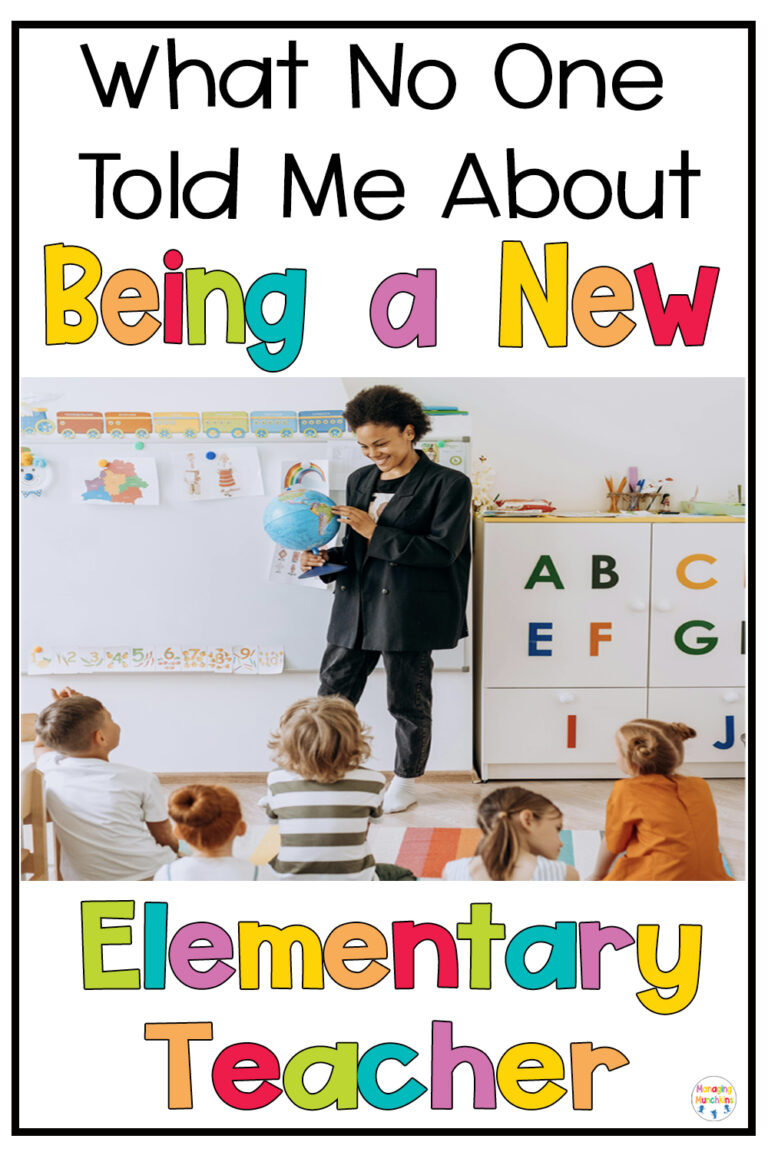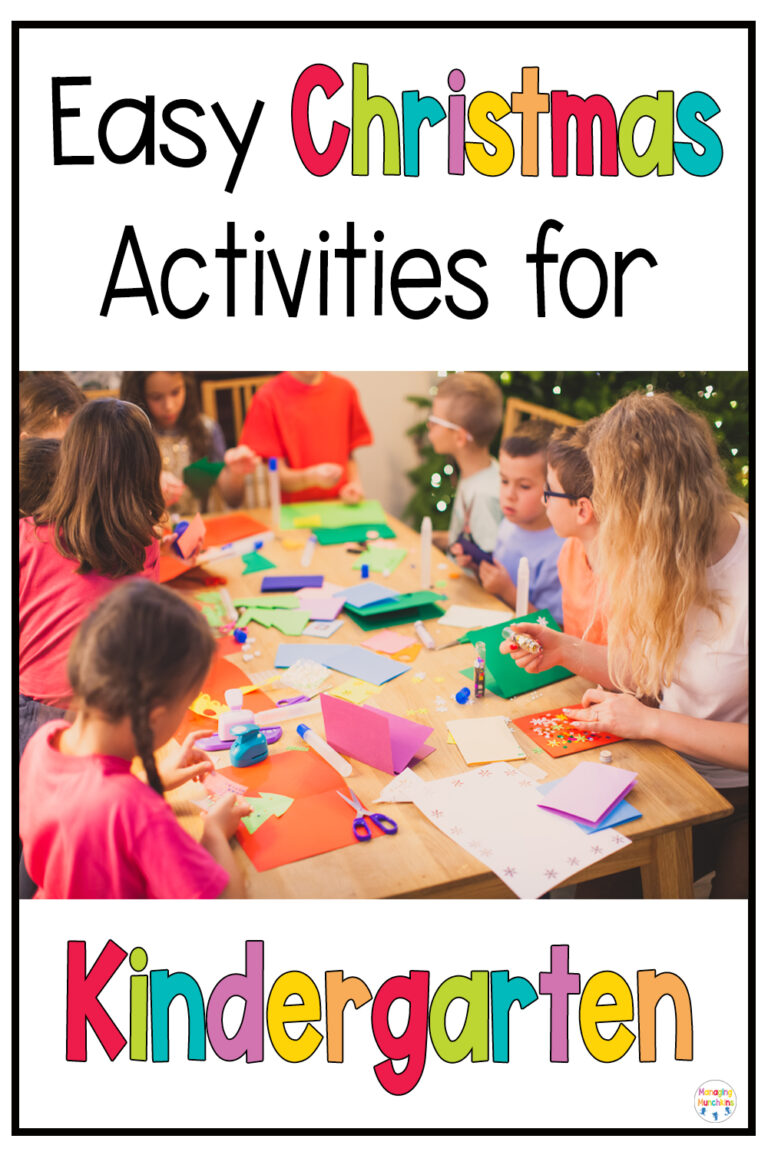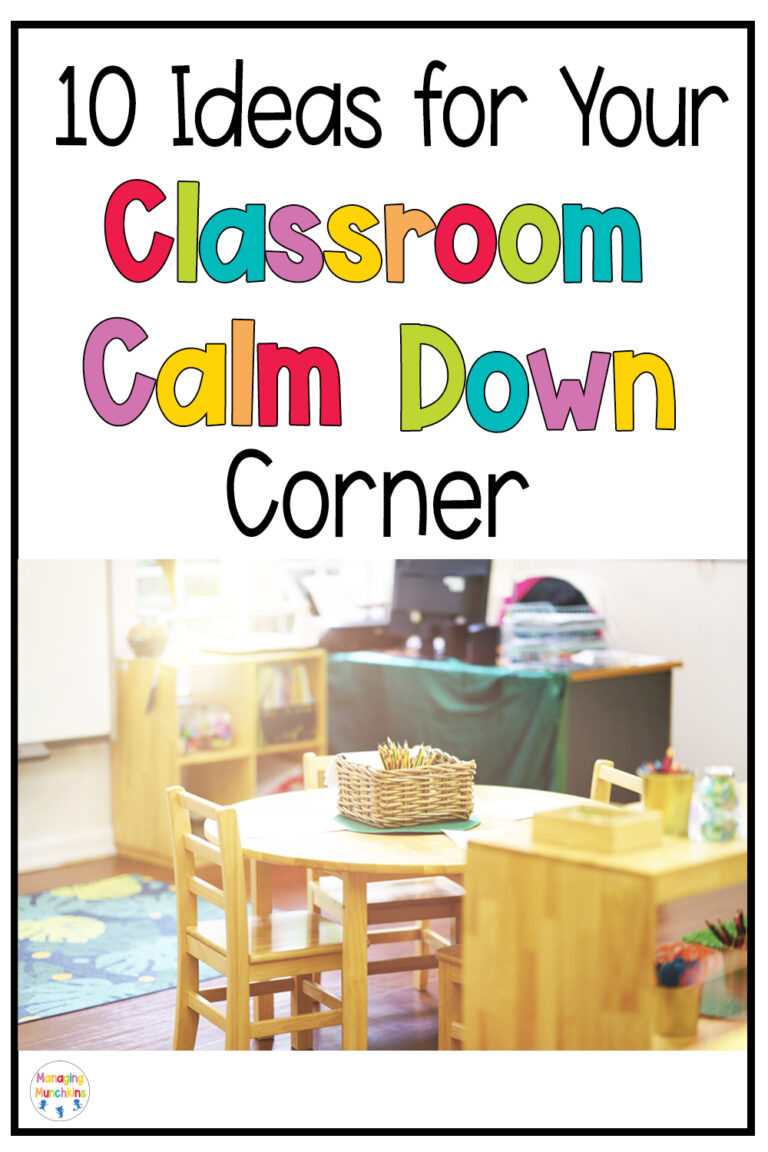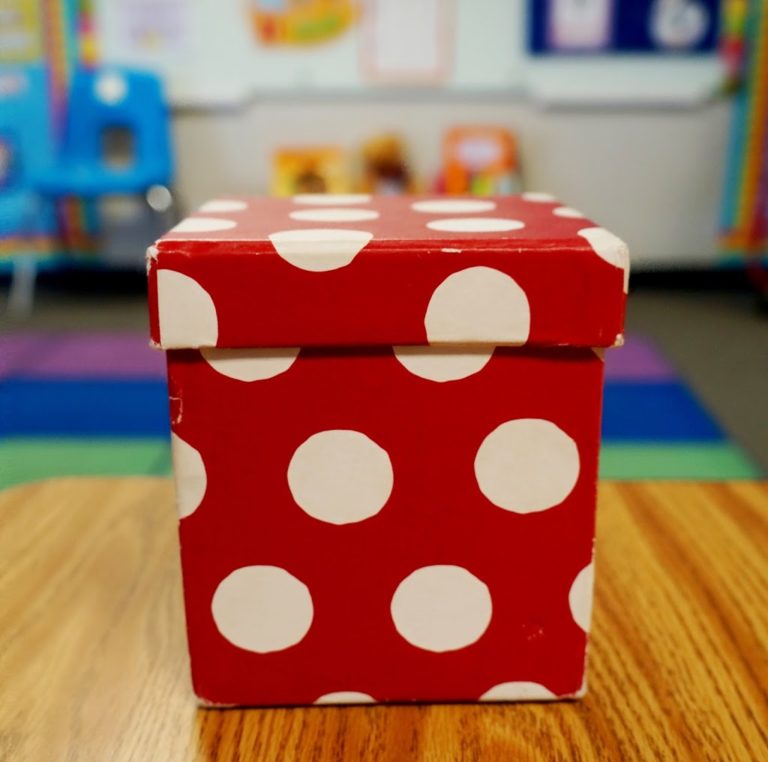Stop Making These Mistakes with Your Daily Behavior Report
A daily behavior report can be an incredibly powerful tool to turn student behavior around. In fact, when done well, they can make such a difference that you eventually find—you don’t even need them anymore! But for that to happen, it’s important to use them correctly.
Let’s dive into the four most common mistakes teachers make when it comes to using daily behavior reports—and what you can do instead to make them truly effective.
Stop Making These Mistakes with Your Daily Behavior Report
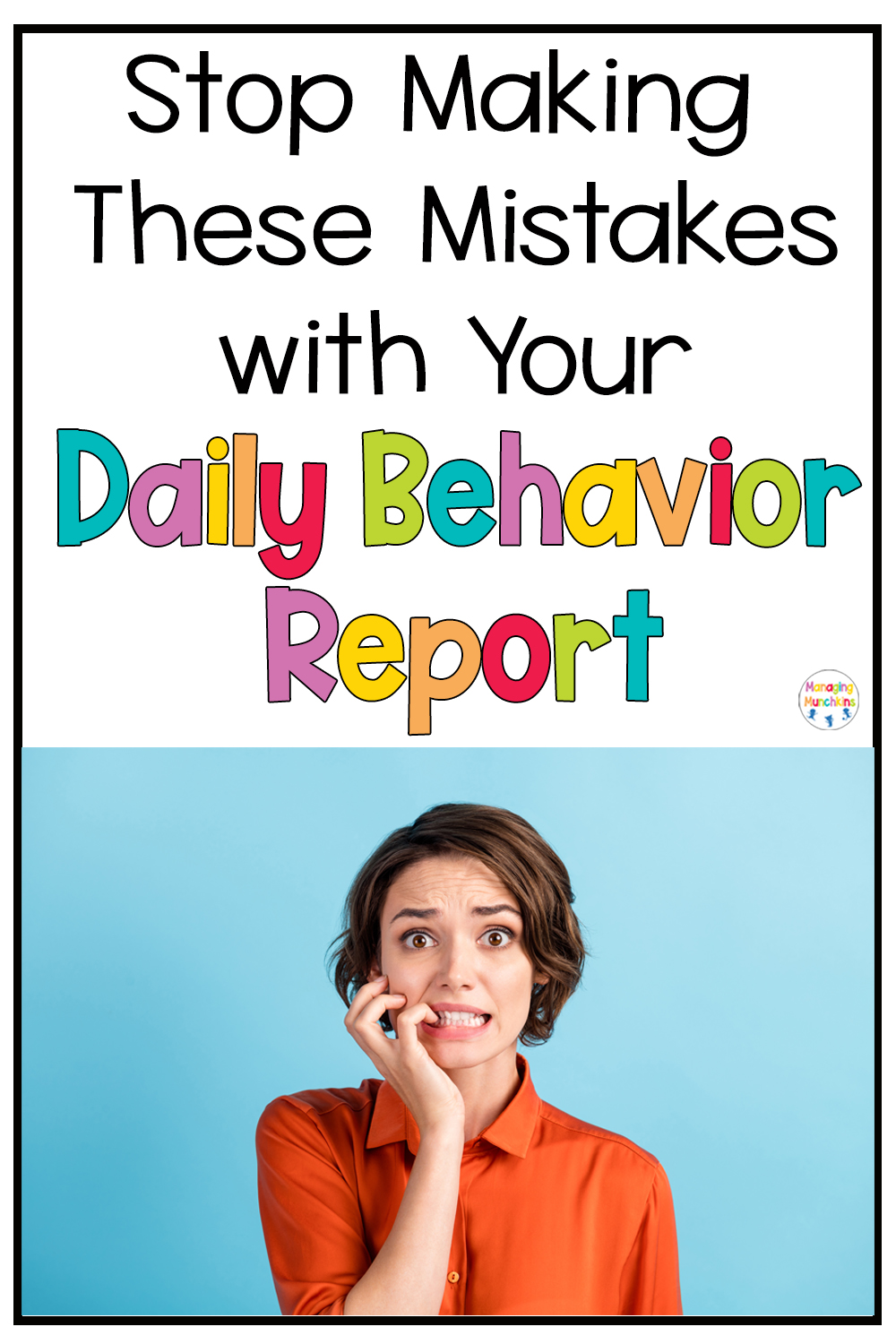
Mistake #1: Not Being Consistent
This was a big one for me. As teachers, we juggle a lot. From lesson planning and teaching to comforting upset students and managing transitions, our plates are always full. So it’s easy to forget the daily behavior report altogether—or only use it sporadically.
But inconsistency sends mixed messages to students and their parents. When we only follow through some of the time, it can feel like behavior doesn’t really matter or isn’t being tracked. For students, it’s discouraging—especially if they had a great day and received no acknowledgment, or a rough day with no accountability.
My best tip? Put the report where you can see it.
Here are a few spots that worked for me:
- Next to my teacher chair at the carpet where we did whole group activities.
- On my small group kidney table during centers.
- Right in the middle of my desk (clean and cleared off!) as a non-negotiable reminder.
The key is visual reminders in the places you frequent most. That way, it becomes part of your rhythm to check in and reward or redirect as needed.
Mistake #2: Setting the Bar Too High
When we start a daily behavior report, it’s tempting to go big: perfect behavior all day, every day! But that’s not realistic—especially for students who are already struggling.
Instead, set small, achievable goals. Think of it like climbing a ladder. If you set the first rung too high, the student can’t even reach it. But if you meet them where they’re at and help them build up success step by step, they gain confidence and motivation along the way.
Mistake #3: Using It Indefinitely
Daily behavior reports aren’t meant to last forever. In fact, they’re most effective as a short-term tool to target specific behaviors and gradually build better habits.
Once students start showing consistent improvement, it’s time to fade the report out. Otherwise, both you and the student can experience burnout—and the tool loses its effectiveness.
That said, you know your students best. If a child is truly thriving with the report, it’s okay to keep it longer. But in general, aim to use it intensively at first, then gradually wean off as the student improves.
Mistake #4: Not Involving Parents
This one’s big. When parents are left out of the loop, behavior reports lose a major layer of accountability—and support.
When you involve parents, students know they’ll be held accountable both at school and at home. Plus, it gives parents a chance to celebrate the wins, which reinforces positive behavior even more!
I love using parent-teacher conferences to establish or refine behavior plans. It’s the perfect time to discuss:
- What behaviors you’re seeing
- What progress you’re hoping for
- How you can partner to encourage growth
Also: keep the lines of communication open.
Use a tool like Remind to send quick daily updates. Something as simple as,
📩 “Great day today!”
or
📩 “Struggled a bit today—let’s chat soon,”
goes a long way.
For tougher conversations, though, I recommend talking in person whenever possible to avoid misunderstandings.
Final Thoughts
Daily behavior reports can be game-changers—but only if we use them intentionally. Be consistent, set realistic goals, avoid using them indefinitely, and always involve parents in the process. When used correctly, they can truly transform student behavior—and create a more positive, encouraging classroom for everyone.
Want more tips?
🎥 Check out my video: [3 Tips to Make Your Parent-Teacher Conferences a Success]
Trust me, it’s packed with helpful ideas you can start using right away.

